Verlaine, the absinthe muse, Circa 1895
Watercolor
18 x 11 cm
44 x 40 cm with its frame
Monogrammed lower right
Alexandre Graverol, trained in Lyon and Paris (with Puvis de Chavannes), distinguished himself from the beginning with a style that broke with naturalism. Close to symbolist circles, he forged links with Verlaine, whom he frequented and represented during the poet's end of life at the Broussais hospital in 1895. Coming from a wealthy background, Graverol cultivated his image as a dandy and aesthete, frequenting Parisian artistic circles (the Chat Noir, the soirées of La Plume). His tumultuous life finally led him to Brussels, where he isolated himself and created only for a small circle. The watercolor dedicated to Verlaine, dating from the 1890s, is a vibrant and symbolic tribute. The poet's face, haloed by stars, dominates the composition: it is associated with absinthe, the "green fairy" he loved so much. Graverol makes it a nude female figure, with green hair, merging with Verlaine's tawny lyre, whose strings spring from her breasts to join a glass of spirits, a direct reference to the poem about absinthe published in 1870 in La Bonne chanson. The green liquid becomes the icon of Verlaine's poetic and tragic intoxication, trapped by his own muse.




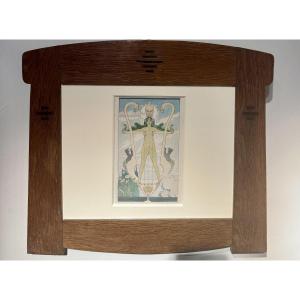


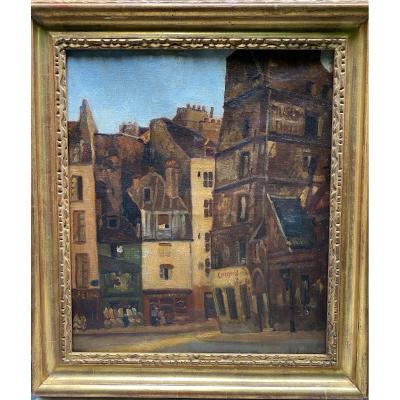
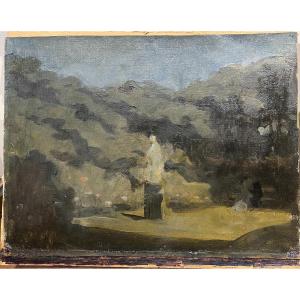

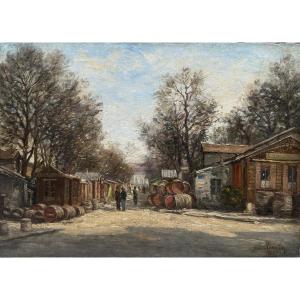
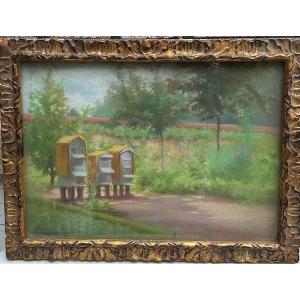

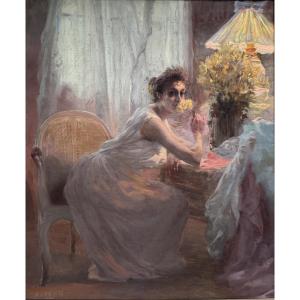
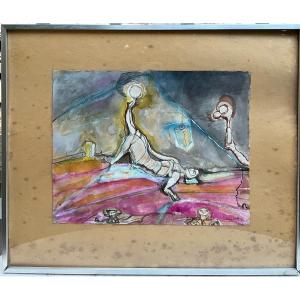



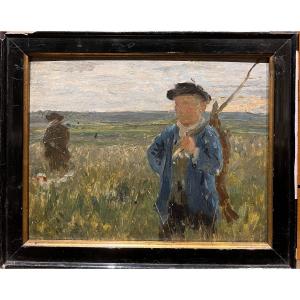
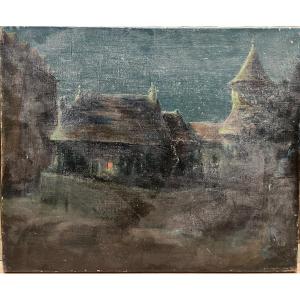




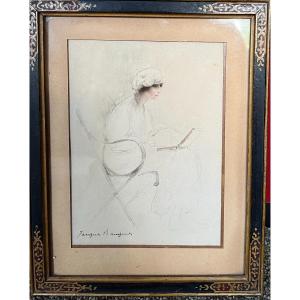
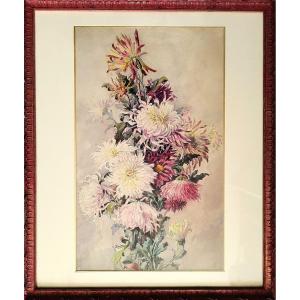
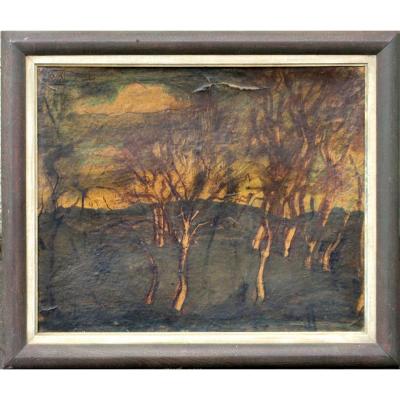



 Le Magazine de PROANTIC
Le Magazine de PROANTIC TRÉSORS Magazine
TRÉSORS Magazine Rivista Artiquariato
Rivista Artiquariato